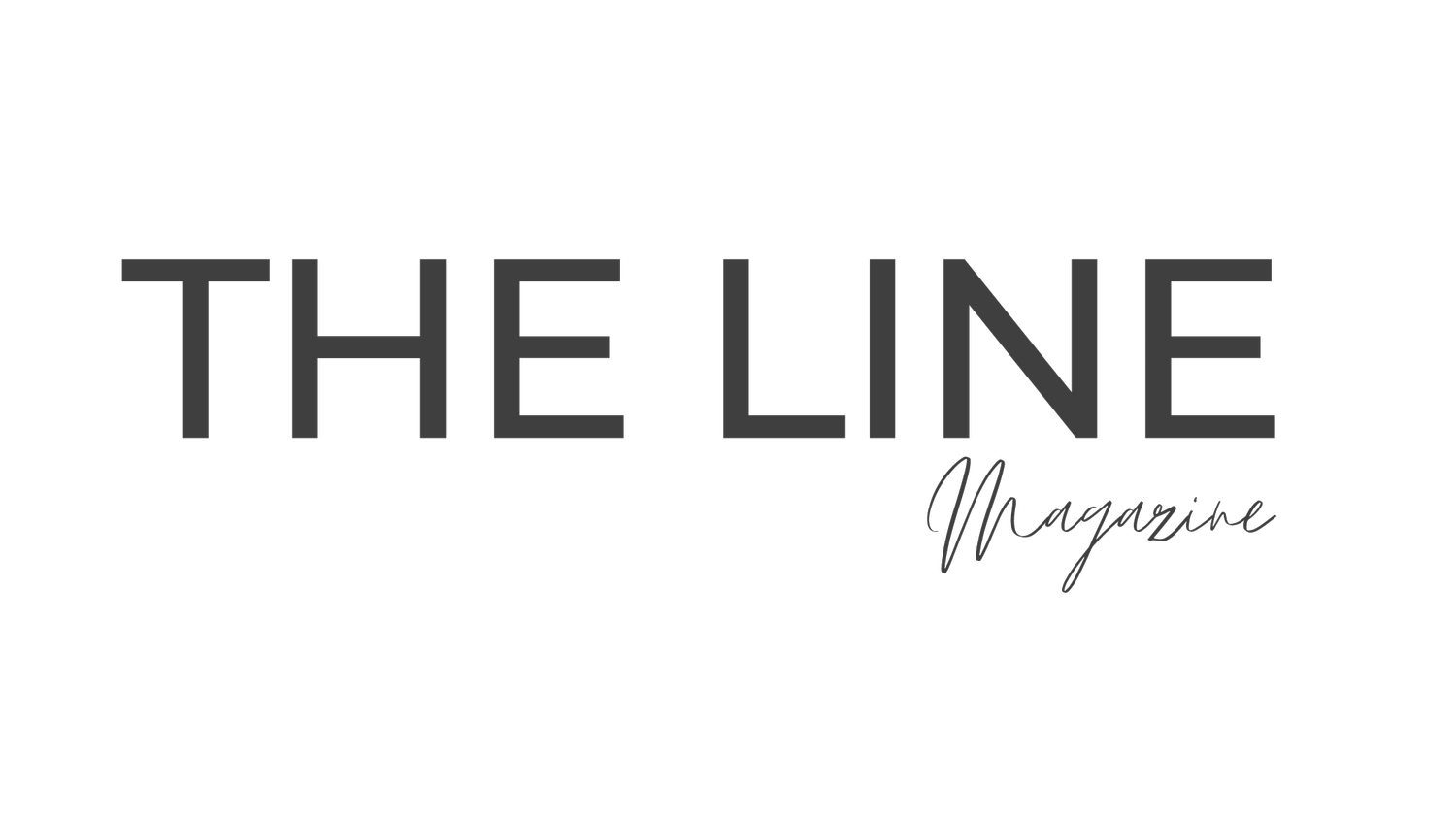Ryan Hurd has a similar sound to Tim McGraw; they both have a raspy richness to their voices and though each can be distinguished between, respectively, they both have that classic country tone that transcends all eras of music. Being in the contemporary and modern country playing field, Ryan Hurd appeals to demographics across the board. And Tim McGraw is still making hits and is relevant today, staking his claim in the country music territory across all demographics, too.
A unique attribute about country music through generations is that songs — that are inherently different from one another — can be traced back and related to each other, as if it’s an extended conversation or a sequel to the adored original. Country music is a conversation.
One of Tim McGraw’s most beloved and recognized songs is “Something Like That,” which was released in 1999. The song is set as a memory during Labor Day weekend at a county fair. The young narrator recounts the moment he noticed a girl and marks it as one he’ll never forget.
Ryan Hurd’s “Every Other Memory,” which was released in 2020 follows a similar pattern as McGraw’s, acting as a contemporary sequel or altered perspective to the same event.
Both set up the storyline with a memory; nostalgia as intense as a flame. Both take place over a holiday weekend and both capitalize on the senses that often heighten a memory.
Tim McGraw’s first verse:
It was Labor Day weekend I was seventeen
I bought a Coke and some gasoline
And I drove out to the County Fair
And when I saw her for the first time
She was standing there in the ticket line
And it all started right then and there
Oh a sailor's sky made a perfect sunset
And that's a day I'll never forget
Ryan Hurd’s first verse:
I still smell the smoke from
The Fourth of July fireworks
And I still feel the kick drum
Front row at the concert
After Talladega
Safe to say you stick around
And the theme ensues throughout the rest of both songs. Each narrator is older looking back on a memory of a younger, freer, first summertime kind of love. In McGraw’s “Something Like That,” the narrator runs into his old country fair flame on a flight a few years later.
McGraw sings that he recognizes her voice from the past. The song progresses, “She said ‘I bet you don't remember me’/And I said ‘only every other memory.’”
And….enter stage right Hurd’s “Every Other Memory” where he sings, “Every other memory is you.”
The charm of a happenstantial moment like this is the epitome of a great country song, and it’s one that every one — in some form or fashion — can relate to. Hurd’s latest release has similar appeal as McGraw’s “Something Like That” in voice, storyline, and flow proving that experiences, moments, and memories transcend eras.






